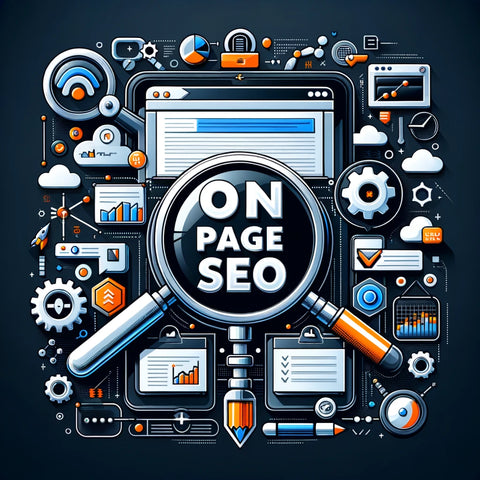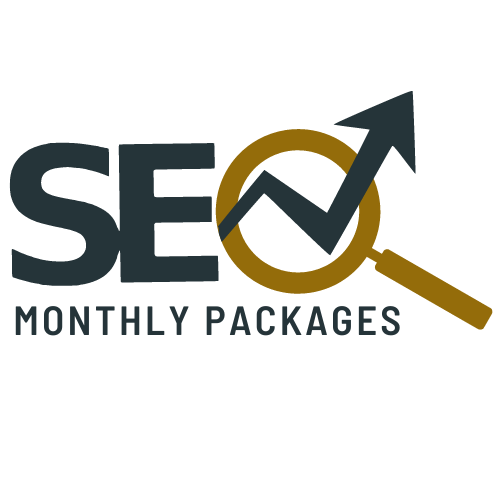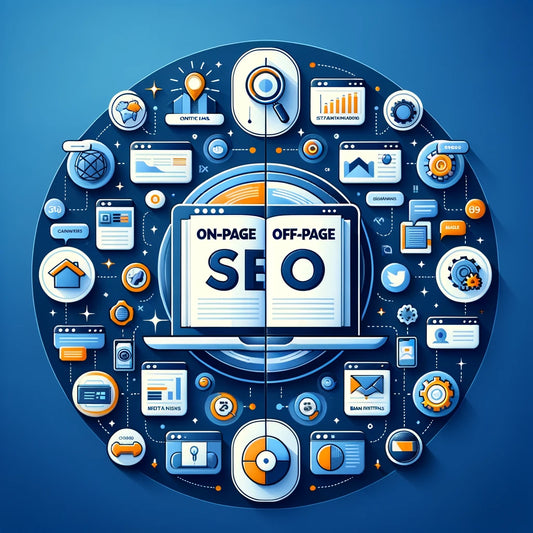The Essential Guide to On-Page SEO: Unlocking Website Potential
In the ever-evolving landscape of digital marketing, on-page SEO stands as a cornerstone of successful online strategies. This intricate process involves optimizing various elements on a website to improve its visibility and ranking on search engine results pages (SERPs). The goal is clear: to attract more visitors and convert them into customers by making a site more relevant and appealing to both search engines and users.
Understanding On-Page SEO
At its core, on-page SEO is about enhancing the content and structure of a website in a way that search engines can easily understand and users can effortlessly navigate. Unlike off-page SEO, which focuses on external signals like backlinks, on-page SEO zeroes in on aspects directly within your control, such as content quality, keyword optimization, and technical elements.

Key Elements of On-Page SEO
1. Content Quality: Content is king in the SEO realm. High-quality, informative, and engaging content that addresses the needs and questions of your audience is paramount. It should be original, comprehensive, and updated regularly to remain relevant.
2. Keyword Optimization: Identifying and incorporating relevant keywords into your content, without overstuffing, helps search engines understand the context of your pages. It's crucial to include keywords in titles, headers, and throughout the body in a natural, reader-friendly manner.
3. Title Tags and Meta Descriptions: These HTML elements provide concise previews of your webpage content in the SERPs. A well-crafted title tag and meta description can greatly improve click-through rates, drawing more visitors to your site.
4. URL Structure: URLs should be simple, readable, and keyword-rich. A clear URL structure not only benefits SEO but also enhances user experience by making it easier to understand what a page is about.
5. Header Tags: Using header tags (H1, H2, H3, etc.) to structure content makes it more readable and enjoyable for users and helps search engines grasp the main topics of your page.
6. Image Optimization: Images enhance articles but can slow down your site if not properly optimized. Use descriptive file names, alt tags, and compress images to improve page load times and accessibility.
7. Mobile Responsiveness: With mobile searches increasingly dominating, having a website that looks and functions well on all devices is non-negotiable for good on-page SEO.
8. Page Speed: Fast-loading pages improve user experience and are favored by search engines. Minimize loading times by optimizing images, leveraging browser caching, and minimizing redirects.







